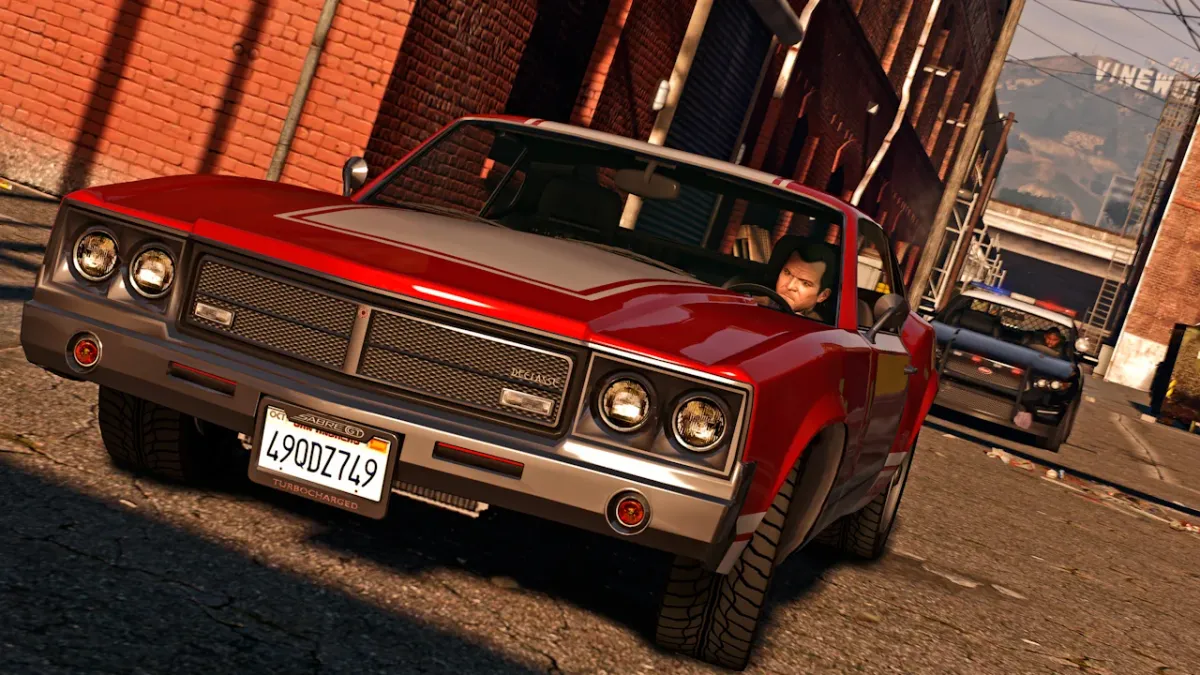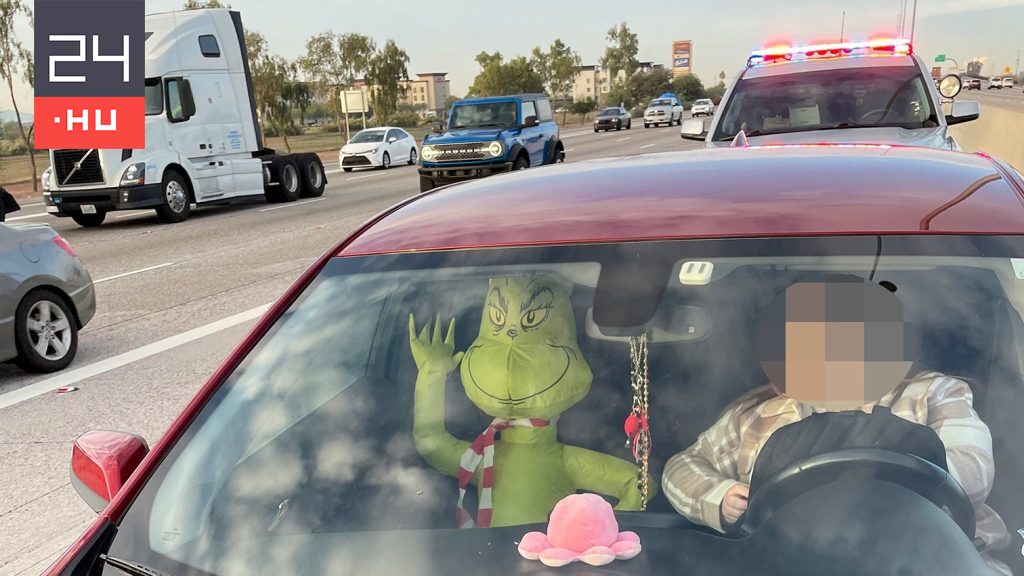Special rules sometimes require special solutions.
Many highways and interstates in the United States have a rule that only vehicles with more than one occupant can use certain lanes. Using carpool lanes has been a common practice for decades, but there are plenty of motorists who try to get around the system in creative ways, either because they’re in a hurry or because they think the rule is pointless.
So was the driver who, perhaps under the influence of Cindy Lou’s warnings about spending Christmas alone, planted an inflatable Grinch in his mother-in-law’s seat. However, on the stretch of Highway 10 in Arizona, which crosses the country from California to Florida, he drove so fast last Tuesday that he gouged out the eye of a highway patrolman, so the trick didn’t work.
Although an officer from the authority could also get into a celebratory mood upon seeing the Grinch during a road check, the driver was eventually fined according to New York Post information from the Arizona Department of Public Safety. Report to me
The ministry didn’t say exactly how much the guilty driver paid for the violation, but as a deterrent — or just for fun — they also shared a photo of the green, Christmas-hating creature in the car inflating it.
Let’s just say the fact that this Grinch number is friendlier than Skeletonby which another driver — also arrested in Arizona — attempted to override the right-hand carpool lane rules in 2020.
Last week, a #AZTrooper Spotted a driver in the high-occupancy vehicle (HOV) lane with a sinister-looking “passenger” on I-10 on Avondale Blvd at 8 am.
The policeman stopped the driver and determined that the grumpy green man was, in fact, an inflatable Grinch. (There are no other passengers.) pic.twitter.com/YcOfZHJVoX– Department of Public Safety (Arizona_DPS) December 13, 2022
In car-sharing lanes, also known as HOV (High Occupancy Vehicle) lanes, which function similarly to bus lanes known in Hungary, only vehicles with other people besides the driver can travel. Exactly how many people must be in a vehicle to use the carpool lane varies from place to place.
Carpool lanes have existed in the United States since 1969. They were introduced with the goal of convincing motorists to share the same vehicle whenever possible – thus reducing traffic and pollution.
The system has since been introduced in Canada, Australia, New Zealand, Indonesia and China. In Europe, due to the presence of good urban public transport, it is less common, but for example in the United Kingdom, Spain, the Netherlands, Norway and Austria there are also common lanes for cars.












































